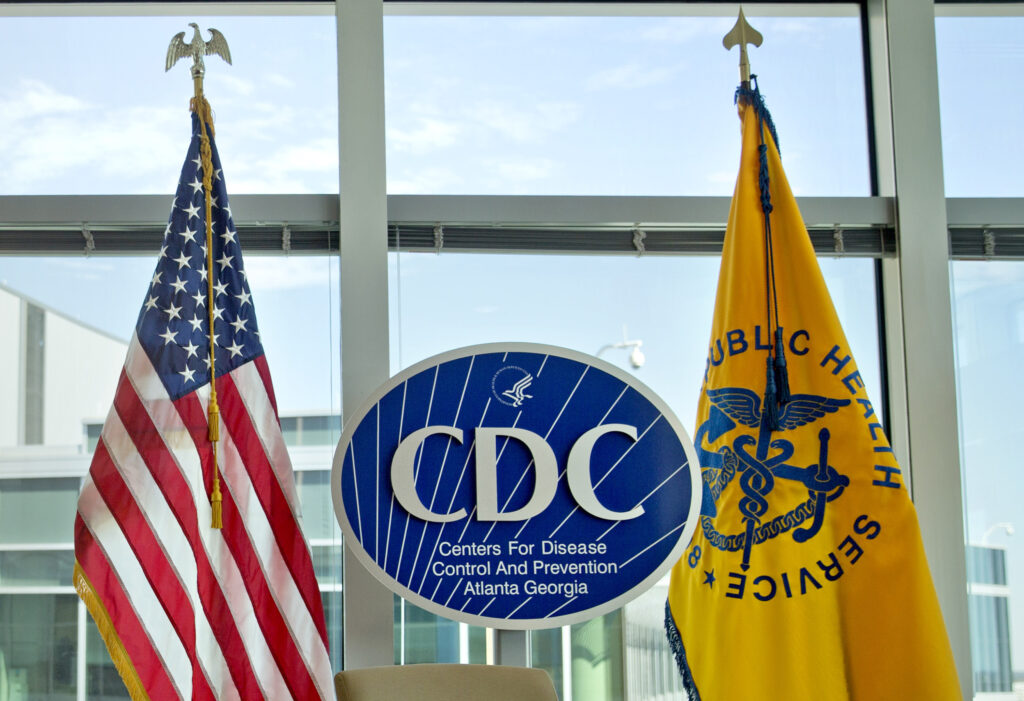Many Americans are becoming concerned with the frequent COVID-19 guideline changes from the CDC regarding quarantine and mask wearing. Many have said that these guidelines aren’t enough guidance and it appeared as though they changed their minds every week. It is exhausting and difficult to adapt to new guidelines and the constant changes.
An NBC News poll performed in January of this year in tandem with Hart Research Associates found that 43% of Americans distrust the CDC’s communication regarding the COVID-19 pandemic, significantly up a whopping 30% points from the 13% that distrusted the CDC in April 2020.
It is clear that there is a steady skepticism from some regarding the advice coming from public health officials. Part of the reason for the frequent guideline changes, while they might seem chaotic, comes from updated COVID-19 information from research being performed in real time and reflects advancements in our understanding of the virus. But the CDC doesn’t seem to be taking enough initiative to combat the confusion the general public seems to be having.
The first step in fixing an issue is first acknowledging that there is one—and the CDC isn’t doing that well. Even with their apparent lack of concern, it is certainly not an easy dilemma to rectify. How can scientists go about communicating this to the lay public, who may perceive this back and forth as a lack of organization and knowledge?
An extraordinary part of public health is the communication to the lay public. When this fails, most public health measures will suffer as a result. An evaluation of what went wrong and what could be done better is necessary to mend the relationship between public health officials and the public going forward.
An article recently published in ScienceDirect entitled, “Walking the Tightrope: Reevaluating science communication in the era of COVID-19 vaccines,”lays out some potential causes of public mistrust and lays out a series of solutions. The authors cite a wide variety of factors at place that potentially have an effect on scientific mistrust, issues that even skilled scientific communication may not be able to fix, including structural racism, health disparities and healthcare access issues.
These issues are deeply historical and cannot easily be fixed with a simple press release from the CDC regarding the pandemic—but it is a start to first understand the current perspective of the individuals they serve in their public health roles and to determine the best ways to reach individuals who have not been reached historically.
The authors of the study compiled a series of potential solutions, the first of which the importance of science remaining an objective field, with medical updates only coming from members of the science community, who should be seen as the neutral party. Politicians, they argue, should not become main communicators for COVID-19 related updates due to the public’s association of politicians with deception. Scientists should keep their communications short and focus solely on the facts that are known, neither understating or overstating the facts. They also cite public education and public outreach as ways of decreasing community distrust.
Public health organizations internationally and across the United States, including the CDC, have done a poor job not only of properly connecting with members of the public, but even acknowledging and attempting to rectify these issues. There needs to be initiative set at an international level to better disseminate public health information and attempt to rebuild some of the trust that has been lost. It takes only a second to break trust—but it can take generations to build it back up.
